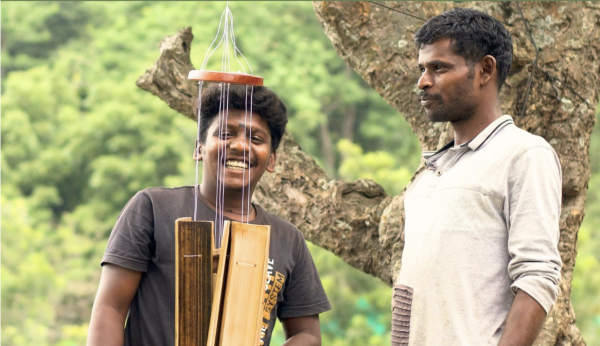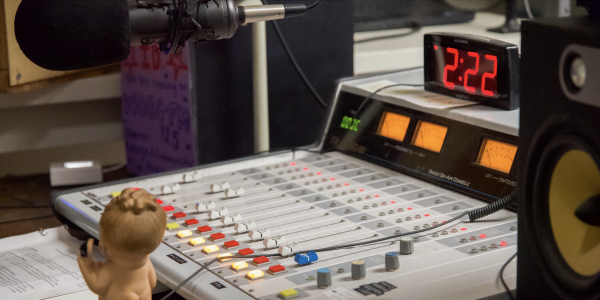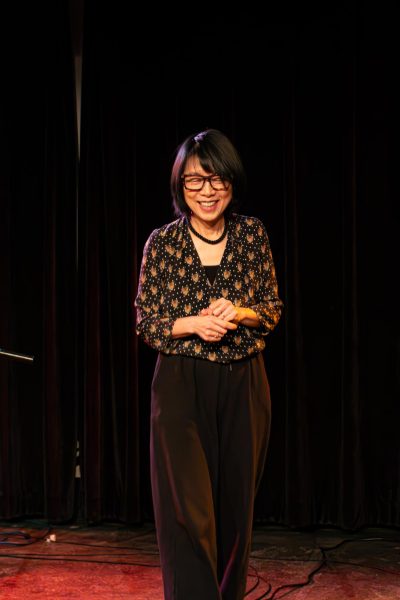Concert Commemorates Anniversary of World War I’s End Through Music
Although the first World War ended 100 years ago, a lot of emotions still permeate our collective memory of the monumental conflict. These emotions were channeled through music when Oberlin Conservatory hosted the two-day public event “Creative Arts and Music in the Shadow of War: Commemorating the Centenary of World War I.” The event included several activities around campus to memorialize the end of the war, including four concerts, a panel presentation at the Conservatory, and an exhibition at the Allen Memorial Art Museum.
Commemorating the Centenary was the brainchild of Professor of Violin Sibbi Bernhardsson, OC ’95, whose favorite period of music is the early 20th century — especially the music written immediately before, during, and after World War I.
“This year is the 100th [anniversary] of the end of World War I, so I thought it would be interesting to present at Oberlin a series of four concerts where we can program just pieces from World War I,” said Professor Bernhardsson, who is teaching here for his second year. “It was so compelling to me how different the pieces were. Some of the works were clearly about the war and were completely influenced by the war, and there are some pieces that were written by the composers as [if] there was no war going on.”
One of the core repertoires in the event is Leoš Janácek’s violin sonata, performed by Professor Bernhardsson and Professor of Piano Peter Takács.
“This piece is a direct response to World War I, and it is so picturesque, it can change from such beautiful music to brutal music just within a moment,” Bernhardsson expressed. The piece is one of his favorites, and one he has always wanted to teach and perform.
Bernhardsson said it would be enlightening to collaborate with other departments and faculty members on this project, since this time period encompasses diverse subjects and Oberlin is a place full of great resources.
“Since all the music is basically Western classical music, I wanted to find the way to incorporate the Middle East, because it can make a very strong argument that what is going on right now in the Middle East is from the result of the end of World War I,” Bernhardsson said, mentioning the participation of Assistant Professor of Islamic Art History Farshid Emani and other faculty members in the main panel discussion last Sunday afternoon.
The opportunity to present such seemingly disparate musical pieces in one setting proved to be a welcomed challenge to the organizers of the event.
“It is an interesting way to bring wonderful works together: extremely well-known works and unknown works on the same program. And the things that were going on in the world might affect and might grow into decisions that the composers were making,” said Associate Professor in Musicology Elizabeth Ogonek, who also lectured in one of the concerts.
Students, faculty, and community members alike left the series inspired by and more in tune with the artistic environment and history of World War I.
“I find this series of events is a fantastic way to introduce the music and the artworks that were composed and made during the World War I period,” College sophomore Khang Nguyen said. “I had a chance to listen to many impressive pieces that I did not know before and learned so many new things about the arts and the music in the 20th century.”










